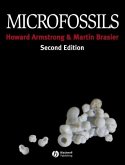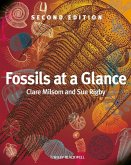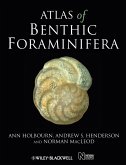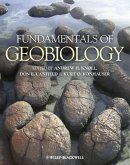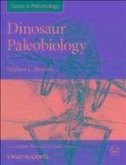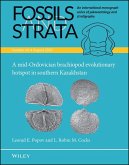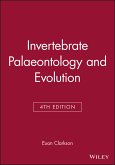This is a new and completely rewritten edition of the well-known text Microfossils (first published in 1980) covering all the major microfossil groups, with information on taxonomy, phylogeny, ecology and palaeoecology.
- particular attention is given to the uses of microfossils in environmental reconstruction and biostratigraphy
- numerous line and half-tone illustrations
- emphasis on practical applications of micropalaeontology
- only student-friendly micropaleontology text available
Dieser Download kann aus rechtlichen Gründen nur mit Rechnungsadresse in D ausgeliefert werden.
"If I were a student once again starting out in my micropalaeontological career, this would have to be on my shopping list...It is books like this that will hopefully catch the interest of undergraduates and persuade them to continue within the field and regenerate our ageing skills pool." ( Newsletter of Micropalaeontology , September 2005) "Overall, I found the second edition of Microfossils to be an excellent book and one I highly recommend....[it] will make an excellent text for an introductory course in micropaleontology, or as a supplement to an invertebrate paleontology course." ( American Association of Stratigraphic Palynologists Newsletter , April 2006) "...a very valuabel re-addition to the micropalaeontological literature available to undergraduate students..." ( Journal of Quaternary Science , June 2006)



